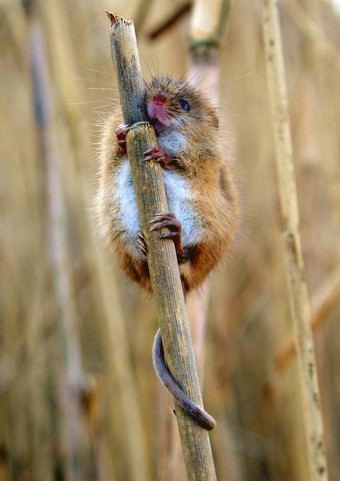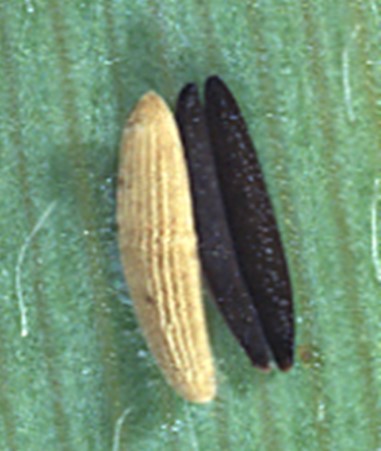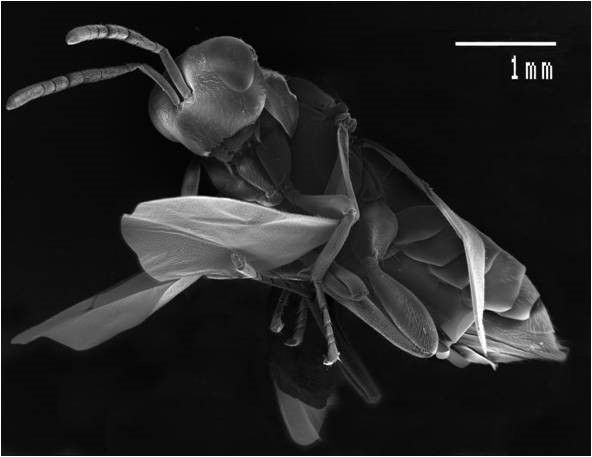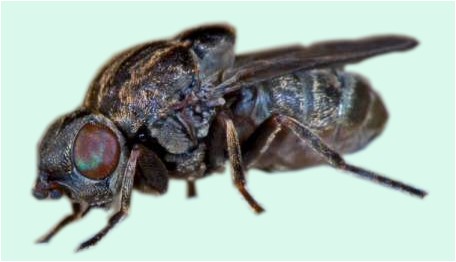reedbeds
Reedbed ecology & conservation
Since my days as an undergraduate, I have had a professional love-affair with reedbeds. I have been particularly fascinated by the community which develops in the galls of a group of small, uncharismatic flies of the genus Lipara which feed on Phragmites australis (the common reed). I have also spent a lot of time chasing harvest mice (Micromys minutus) around reedbeds.



While naturally-occurring reedbeds are scarce in the UK, thousands of artificial “constructed” reedbeds are being used to treat waste water. My PhD students Marie Athorn and Hazel Clarke have worked with various stakeholders (including The Coal Authority, Wildfowl and Wetland Trust, Anglian Water) to explore the conservation value of these constructed reedbeds, finding that they are just as diverse as their “natural” equivalents.
